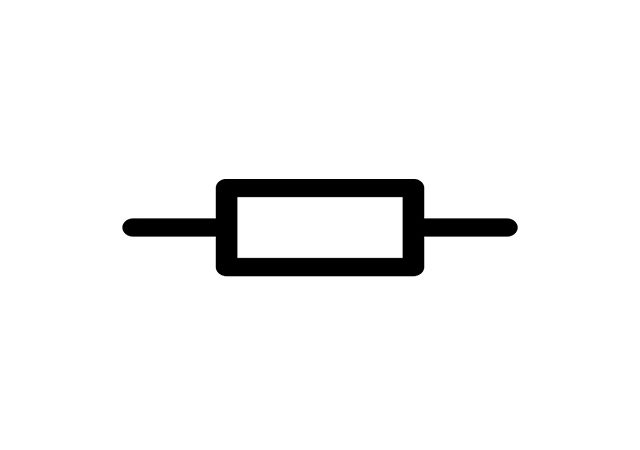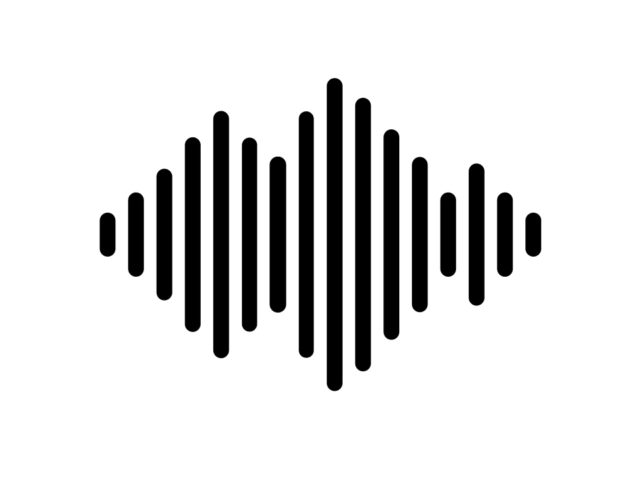A schematic coaxial transmission line is depicted below and widely used both commercially and industrially, especially in connectors. To obtain the field solution for…
Category: RF Electronic Devices and Systems
RF Electronic Devices and Systems Design: Preface
Aim of the study element
To introduce the principles and basic concepts RF and microwave theory, acquire knowledge about noises, non–linear effects, wireless systems, their design and measurement methodology and technology.
Learning outcome
Having successfully completed this element you will be able to:
- Successfully use transmission and electromagnetic and transmission line theories for microwave electric circuits.
- Be familiar with the basic concepts of RF and microwave devices.
- Make successful microwave analysis with CAD instrumentation and analytical tools.
- Have knowledge about non–linear effects and noises in microwave devices.
- Be introduced to and will be able to design the most commonly used microwave systems.
Covered topics
- Introduction into microwaves.
- Scattering parameters, impedance matching and tunning, Smith chart.
- Microwave network analysis.
- Microwave resonators.
- Power dividers and directional couplers.
- Microwave filters, and design of ferromagnetic components.
- Active microwave devices.
- Noise and non–linear distortion.
- Basics of microwave systems/applications.
The transmission line as parallel planes, stripes and microstripes
Parallel planes or stripes is the most general example of transmission line. Schematically it is depicted below. The parallel stripes can carry TEM, TM…
Equivalent currents and voltages in network analysis
RF and microwave circuits that operate on small frequencies can be treated like circuits with lumped parameter components. If the components are small enough,…
L-section impedance matching
The matching impedance process for RF circuits is very important. Impedance matching is also called the tuning process. Physically it represents the circuit between…
Single-stub and double-stub matching
Stub tuning is an impedance matching technique, when an open-circuited or short-circuited transmission line is connected to the main transmission line. A stub is…
RLC circuit analysis and quality factor
Let's consider series and parallel RLC circuits with lumped parameters. They can be used for modelling resonators. RLC series resonant circuit. Here Zin=R+jwL-jwC. Input…
Series RLC resonant circuit
Series RLC resonant circuit is used to model a resonator at frequencies close to resonance. Resonator is a system, demonstrating resonance behaviour. Resonance in…
Parallel RLC resonant circuit
Parallel RLC resonant circuit is also used to model a resonator in the resonance mode. Resonator is a system, that is experiencing the resonance…
Short-circuited half wavelength line resonator
This post tells about short-circuited half wavelength line resonator. Half wavelength line resonator is depicted below, it is short circuited at one end. This…









